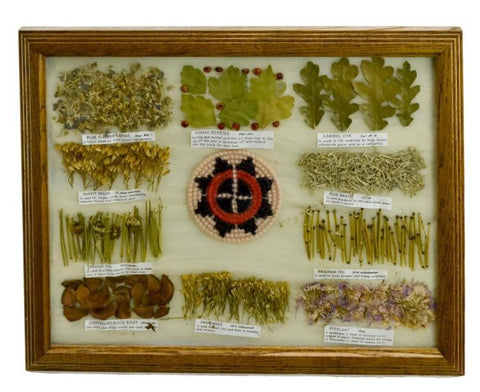
American, Vintage Navajo Raised Outline Teec Nos Pos Weaving/Rug, Attributed to Rita Begay (Dine, 20th Century),#1430 SOLD
$ 6,290.00
Native American, Vintage Navajo Raised Outline Teec Nos Pos Weaving/Rug, Attributed to Rita Begay (Dine, 20th Century),#1430
Description: Native American, Vintage Navajo Raised Outline Teec Nos Pos Weaving/Rug, Attributed to Rita Begay (Dine, 20th Century),#1430 . A suburb textile woven with a complicated geometric design on an underlying cream and salmon striped ground; one side has raised design elements.
Dimensions: 63 x 40.5 in.
Condition: Excellent
Provenance: From the Harriet and Seymour Koenig Collection of Southwestern Art. Seymour Koenig was a research physicist that frequently consulted at the Los Alamos National Laboratory in New Mexico in the 1950's and 1960's. The family’s trips to the southwest led Seymour and his wife, Harriet, to develop a passionate interest in the art and history of the indigenous peoples of New Mexico and Arizona. Many of the pieces offered in the auction from the collection were purchased either directly from the artists or from local trading posts during these trips.
“Harriet and Seymour assembled one of the most spectacular collections we’ve ever had the fortune of offering at auction,” “You can see the passion and the love of the region in the pieces they carefully curated over a lifetime of collecting.”(Danica Farnand, Cowan's Director of American Indian and Western Art, 2019)
Rita Nez Begay: Active CA, 1980's to present, Teec Nos Pos, Raised Outline, Burntwater, Storm Pattern, Lare Rugs)Born 1965. Daughter of Mae Begay Nez, sister of Rose Nez Dash (Source: Schaaf, American Indian Textiles, 2000.)
"Raised Outline weaving's come from Coal Mine Meas and Tuba City areas. This unique style of weaving involves a special technique which results in a three dimensional effect know as a raised outline. The designs are outlined in two alternating colors which are slightly raised on lone side f the rug. This is done trough manipulation of the warp and weft threads, thus creating this unusual effect." Source: Ray Manley's The Fine Art of Navajo Weaving-Collection and Text by Steve Getzwiller, 1984)
Description: Native American, Vintage Navajo Raised Outline Teec Nos Pos Weaving/Rug, Attributed to Rita Begay (Dine, 20th Century),#1430 . A suburb textile woven with a complicated geometric design on an underlying cream and salmon striped ground; one side has raised design elements.
Dimensions: 63 x 40.5 in.
Condition: Excellent
Provenance: From the Harriet and Seymour Koenig Collection of Southwestern Art. Seymour Koenig was a research physicist that frequently consulted at the Los Alamos National Laboratory in New Mexico in the 1950's and 1960's. The family’s trips to the southwest led Seymour and his wife, Harriet, to develop a passionate interest in the art and history of the indigenous peoples of New Mexico and Arizona. Many of the pieces offered in the auction from the collection were purchased either directly from the artists or from local trading posts during these trips.
“Harriet and Seymour assembled one of the most spectacular collections we’ve ever had the fortune of offering at auction,” “You can see the passion and the love of the region in the pieces they carefully curated over a lifetime of collecting.”(Danica Farnand, Cowan's Director of American Indian and Western Art, 2019)
Rita Nez Begay: Active CA, 1980's to present, Teec Nos Pos, Raised Outline, Burntwater, Storm Pattern, Lare Rugs)Born 1965. Daughter of Mae Begay Nez, sister of Rose Nez Dash (Source: Schaaf, American Indian Textiles, 2000.)
"Raised Outline weaving's come from Coal Mine Meas and Tuba City areas. This unique style of weaving involves a special technique which results in a three dimensional effect know as a raised outline. The designs are outlined in two alternating colors which are slightly raised on lone side f the rug. This is done trough manipulation of the warp and weft threads, thus creating this unusual effect." Source: Ray Manley's The Fine Art of Navajo Weaving-Collection and Text by Steve Getzwiller, 1984)
Related Products
Sold out
Sold out



